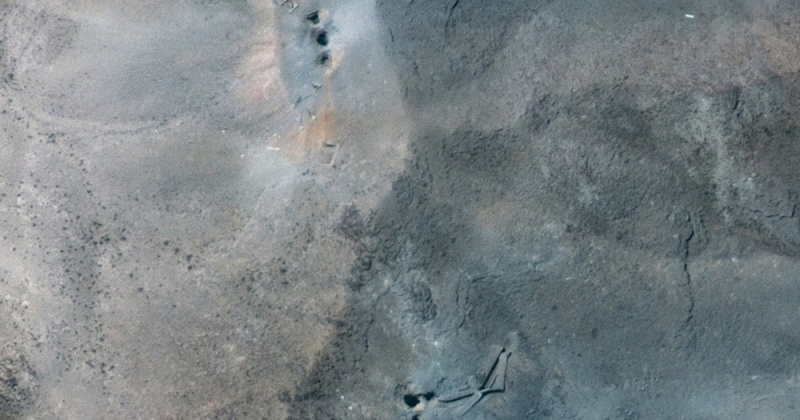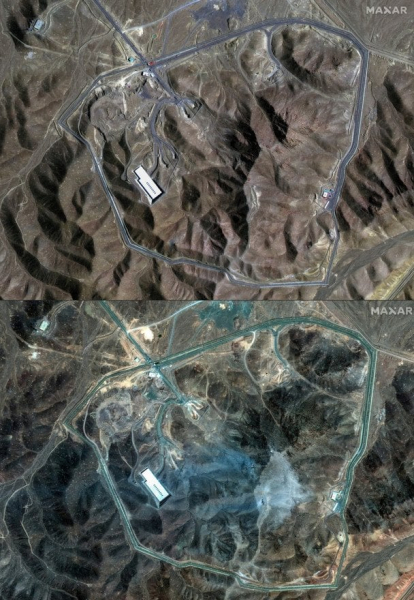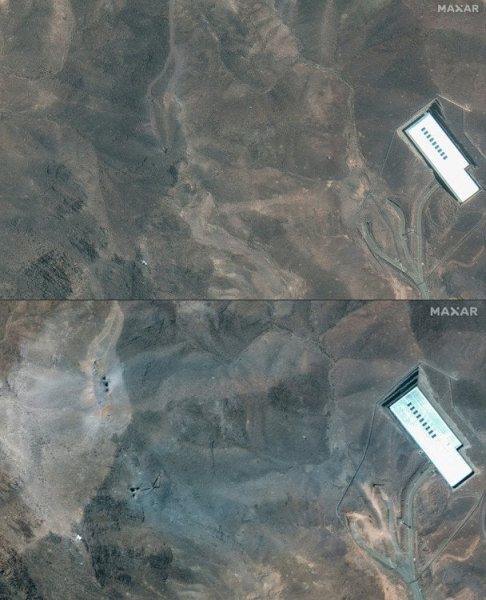The United States used B-2 bombers to drop massive bombs called “bunker busters.”

New satellite images show the aftermath of the US overnight attack on Iran's underground Fordow uranium enrichment facility.
The BBC reports this
High-resolution images from Maxar Technologies taken June 22 show six new craters — likely impact points of the U.S. bombs — as well as gray dust and debris scattered across the mountainside from the attacks.

Satellite images also showed significant changes in the colour of the mountainside where the site is located, suggesting that a large area was covered in a layer of grey ash following the attacks.

The US used B-2 bombers to drop massive bombs called “bunker busters.” These weapons can penetrate deep underground before exploding. The extent of damage to an underground facility is unknown.
“You don't see a huge blast effect at the point of entry because the bomb is not designed to explode at the entrance, but deeper inside the target,” said Stu Ray, a senior imagery analyst at McKenzie Intelligence Services.
He added that it appeared three separate bombs had been dropped at two separate impact points, and the grey colour on the ground appeared to indicate concrete debris from the explosions.
Pentagon considers attack on Fordow underground facility successful in terms of destroying nuclear potential
“The damage assessment from the attack is ongoing, but our preliminary assessment is that all precision-guided munitions hit where we intended and had the desired effect,” U.S. Defense Secretary Pete Hegseth said at a news conference.
Let us recall that on the night of June 22, the United States struck three Iranian nuclear facilities: Fordow, Natanz and Isfahan.

